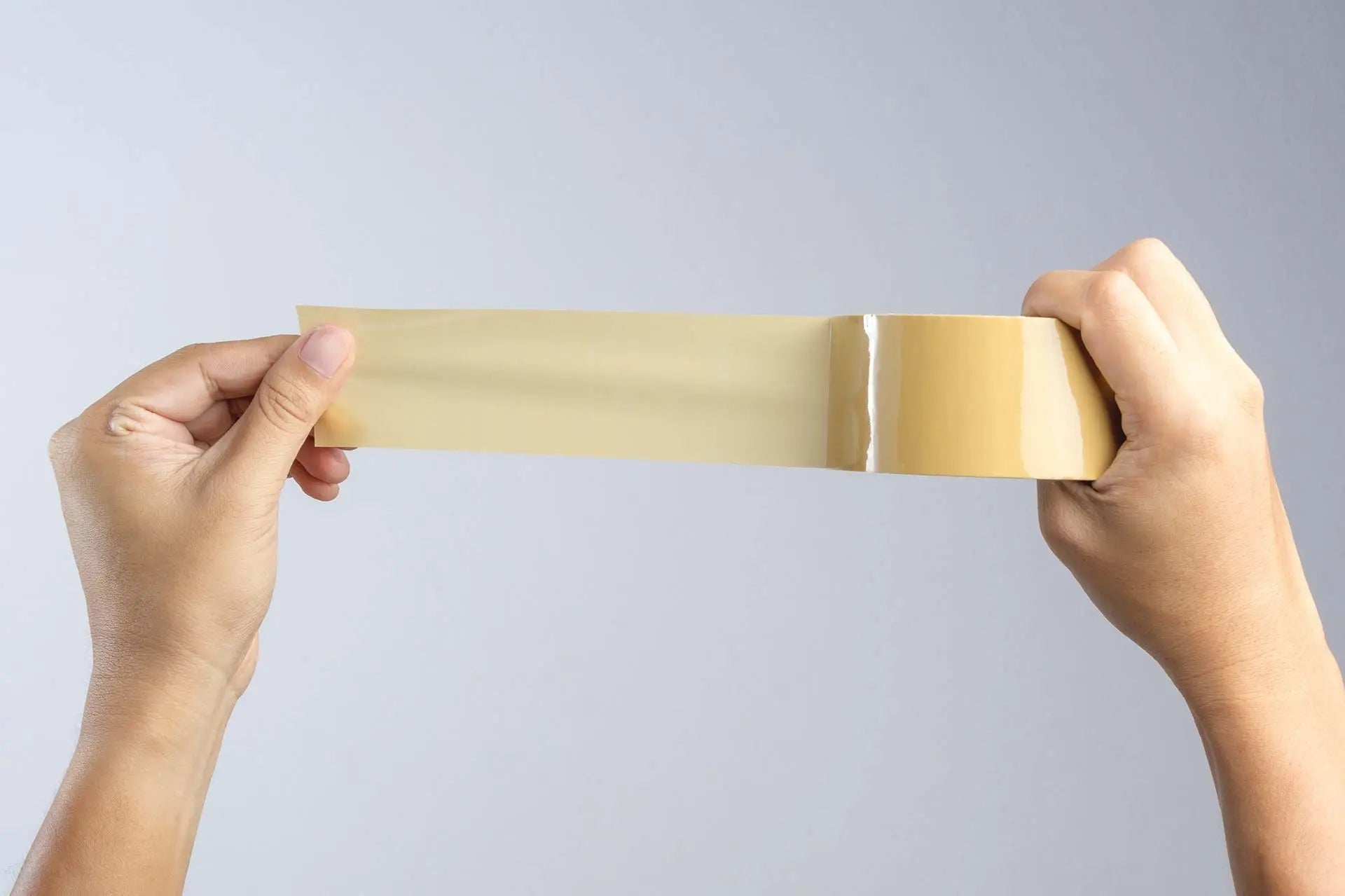Discover more...
-

5 Innovations in Packaging & Delivery for E-Commerce
-

E-commerce Packaging: a Powerful Tool for Marketing
-

Polypropylene Tape: The Everyday Packing Tape

Have you ever wondered how much stuff you can fit into a cardboard box? Whether you're moving, shipping items, or just organizing your space, knowing the inside capacity of a box is essential. In this article, we'll walk you through the step-by-step process of measuring the inside capacity of a cardboard box. So grab your measuring tools and let's get started!
Before we dive into the measurement process, let's take a moment to understand box dimensions. Box dimensions are typically referred to as length, width, and height. These three measurements determine the inside capacity of a box. The length refers to the longest side of the box, while the width and height are the shorter sides. Understanding these terms will make the measurement process much easier.
When it comes to box dimensions, it's important to note that they are not just arbitrary numbers. Each measurement plays a crucial role in determining the overall size and capacity of the box. The length, being the longest side, provides the primary dimension for the box. It determines how much space the box will take up in terms of depth. The width and height, on the other hand, determine the box's width and height respectively, allowing you to visualize how the box will fit in a given space.
Box dimensions are not limited to just rectangular shapes. They can also apply to boxes with irregular shapes, such as triangular or hexagonal boxes. In these cases, the length, width, and height may refer to different sides or edges of the box, depending on its unique design.
Accurate measurements are crucial when determining the inside capacity of a box. If the measurements are incorrect, you may end up with a box that can't fit all your items or one that is much larger than you actually need. Proper measurements ensure that you have enough space for your items without unnecessary wastage. So, take your time and measure accurately to avoid any surprises.
When it comes to measuring box dimensions, precision is key. Even a slight miscalculation can lead to significant discrepancies in the box's capacity. It's essential to use reliable measuring tools, such as a tape measure or ruler, to ensure accurate results. Additionally, it's a good practice to measure multiple times and take the average to minimize any potential errors.
Another factor to consider when measuring box dimensions is the material thickness. If the box is made of thick material, such as heavy-duty cardboard or wood, you need to account for the thickness in your measurements. This will ensure that the inside capacity accurately reflects the available space for your items.
Let's dive a bit deeper into the key terms used in box measurements. The length is the longest side of the box, the width is the side that runs perpendicular to the length, and the height is the remaining side. Understanding these terms will make it easier for you to identify the correct measurements and calculate the box's capacity.
When measuring the length of a box, it's important to identify the two ends that define the longest distance. This may require you to measure diagonally across the box or measure along the longest edge. Once you have determined the length, the width can be measured by identifying the side that runs perpendicular to it. This is the side that will be shorter in comparison.
The height, as the remaining side, is often the easiest to measure. It is the vertical distance from the base of the box to the top. By understanding these key terms and their relationship to each other, you can accurately measure and visualize the dimensions of a box.
It's worth noting that box dimensions are not limited to physical measurements alone. In certain contexts, such as web design, box dimensions can also refer to the size and positioning of elements within a webpage. In this case, the length, width, and height may represent the dimensions of a specific element, such as an image or a text box, within the overall layout of the webpage.
Now that you understand the basics, let's talk about the tools you'll need for measuring the inside capacity of a cardboard box.
The most common tools for measuring box dimensions are a measuring tape and a ruler. A measuring tape is great for measuring the length and width of the box, while a ruler can help you measure smaller dimensions accurately. These traditional measuring tools are readily available and are perfect for most DIY projects.
For those looking for a more precise and convenient option, digital measurement devices are a great choice. Digital calipers and laser measuring devices provide accurate measurements with minimal effort. These tools are particularly useful if you're dealing with delicate or irregularly shaped boxes where precision matters.
Now that you have your tools ready, let's move on to the step-by-step process of measuring box capacity.
Before measuring, make sure the box is empty and in good condition. Remove any packaging materials or items inside the box that may interfere with accurate measurements. This will ensure that your measurements reflect the actual inside capacity of the box.
Start by measuring the length of the box. Using your measuring tape or digital measurement device, place one end at the bottom of the box and extend it to the opposite end. Write down the measurement and move on to the width.
To measure the width, place your measuring tape perpendicular to the length measurement. Extend it from one side of the box to the other, ensuring it is parallel to the base. Once again, record the measurement and proceed to the height.
Finally, measure the height of the box by extending your measuring tape or digital measurement device from the base to the top. Make sure it is perpendicular to both the length and width measurements. Jot down the measurement as it will be needed for the next step.
In order to determine the inside capacity of the box, calculate its volume using the measurements you've recorded. To do this, simply multiply the length, width, and height together. The resulting number will give you the box's capacity in cubic units. For example, if the measurements are 12 inches by 8 inches by 6 inches, the volume would be 576 cubic inches.
While measuring the inside capacity of a cardboard box may seem straightforward, there are a few common mistakes that you should avoid.
Using the wrong measuring tools can lead to inaccurate measurements. Make sure you're using the appropriate tools for the job, whether it's a measuring tape, ruler, or digital measurement device.
Double-check your measurements to avoid any misreadings. It's easy to make a mistake, especially when dealing with multiple measurements. Take your time and ensure that you've recorded the correct dimensions.
To ensure accurate measurements and reliable results, keep these tips in mind.
When measuring the length, width, and height of a box, make sure the surface is level. Uneven surfaces can throw off your measurements, leading to inaccuracies. Use a flat and stable tabletop or floor for the most precise results.
Always double-check your measurements before proceeding with any calculations. It's better to be safe than sorry, especially when it comes to ensuring you have enough space for your items.
By following these steps and avoiding common mistakes, you'll be able to accurately measure the inside capacity of a cardboard box. This knowledge will come in handy when moving, shipping, or organising your belongings. So, grab your measuring tools and start measuring today!
Upgrade your packaging with high-quality bespoke cardboard boxes, made in the UK from certified sustainable materials and fully recyclable. Designed to protect your products and impress your customers, our boxes can be custom printed to enhance your unboxing experience. We also offer custom printed paper tape to complete the look. Trusted by brands across the UK, we combine manufacturing expertise with creative flexibility to help your packaging stand out. Get started on your custom box project or contact our team today.


